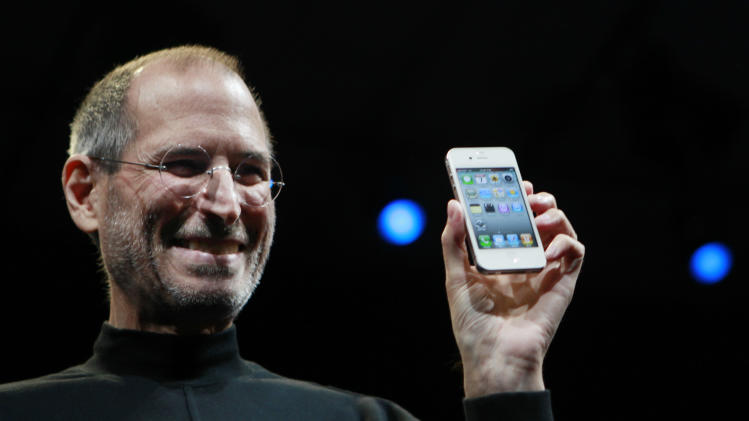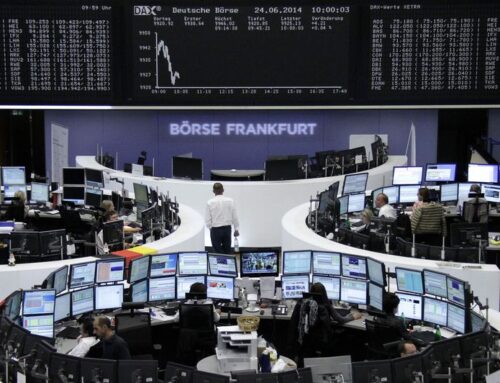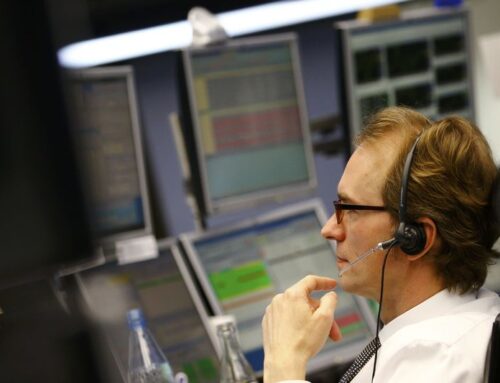Apple competitors still smarting from iPhone blow
July 16, 2014
Apple competitors still smarting from iPhone blow
Seven years after Steve Jobs unveiled the first Apple (AAPL) iPhone, top tech leaders are willing to discuss openly just how gravely they misjudged the device that ignited the mobile computing era.
Back in January 2007, when Jobs first showed the new device, he pitched it as a combination phone, music player and Internet communicator. But competitors including Microsoft’s (MSFT) then-CEO Steve Ballmer and Motorola’s former CEO Ed Zander could barely contain their disdain. “There’s no chance that the iPhone is going to get any significant market share,” Ballmer said of the lineup that has since sold more than 500 million devices.
This week, top executives from Ericsson (ERIC), Intel (INTC) and Cisco Systems (CSCO) admitted that their companies had failed to appreciate the iPhone’s potential. Beyond just explaining what went wrong, the mea culpas may also provide fodder to bolster the theory of disruptive product innovationfrom Harvard Business School professor Clayton Christensen, which has come under attack lately from Harvard history professor Jill Lepore and others.
Ericsson had been making telephones in one form or another for almost 100 years when CEO Hans Vestberg quit and sold the company’s 50% interest in its mobile joint venture to partner Sony (SNE) in 2011. The venture, formed 10 years before, did well in its early years but couldn’t compete as the iPhone and Google (GOOGL) Android phones proliferated.
A tough decision
Saying it was one of the toughest decisions he’s made, Vestberg explained that mobile phones had become miniature computers more than the voice and texting communications devices that were Ericsson’s forte. “The device became something totally different than what we envisioned in the beginning,” he said, speaking at Fortune Magazine’s Brainstorm Tech conference this week.
Given his company’s long history in the phone business, “emotionally it was one of my tougher decisions,” he said. “Logically and strategically, it was pretty simple.” Ericsson’s expertise, and thousands of patents, focused on telecommunications gear, not touch-based operating systems and mobile ecosystems.
Intel’s motto, coined by former CEO Andy Grove, was, famously, “only the paranoid survive.” But the semiconductor giant completely missed the booming market ignited by Apple for simpler, lower power chips that run smartphones and tablets.
“We thought of it as the phone business,” Intel president Renee James, who has been with the company for more than 25 years, explained at the Fortune conference. “And we’re not in the phone business.”
Intel’s earlier success, including in wireless networking, led to overconfidence, James said. “We were very successful, and success can create some complacency,” she said.
Now Intel is rushing to catch up, emphasizing chips that are both powerful and low power. Coming from far behind, James said Intel is on track to meet its target of getting its chips into 40 million tablets this year. Still, that’s only about 15% of the market. Apple is making its own chips, and Samsung, which used an Intel chip in its 2013 Galaxy Tab 3 tablet, switched to a Qualcomm chip in the Tab 4 this year.
At Cisco Systems, it was the iPhone’s simple camera that cut deep. Cisco CEO John Chambers shuttered his company’s consumer-oriented Flip camera division in 2011, just two years after he bought the business for almost $600 million.
Flip was Cisco’s play to become more than just a corporate-focused company and to sell directly to consumers. “The window was open to play in the consumer as data, voice [and] video came together in the home,” Chambers explained.
But Steve Jobs was holding up a Flip camera as his prime target as he added better and smaller cameras to iPhones, iPods and the iPads. The “free” camera feature in all the Apple devices crushed Flip’s market.
“We made a good run at it — we missed our window,” Chambers said. “Apple did an amazing job.”
Search
RECENT PRESS RELEASES
Related Post





